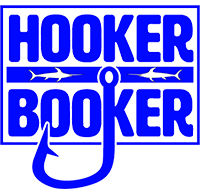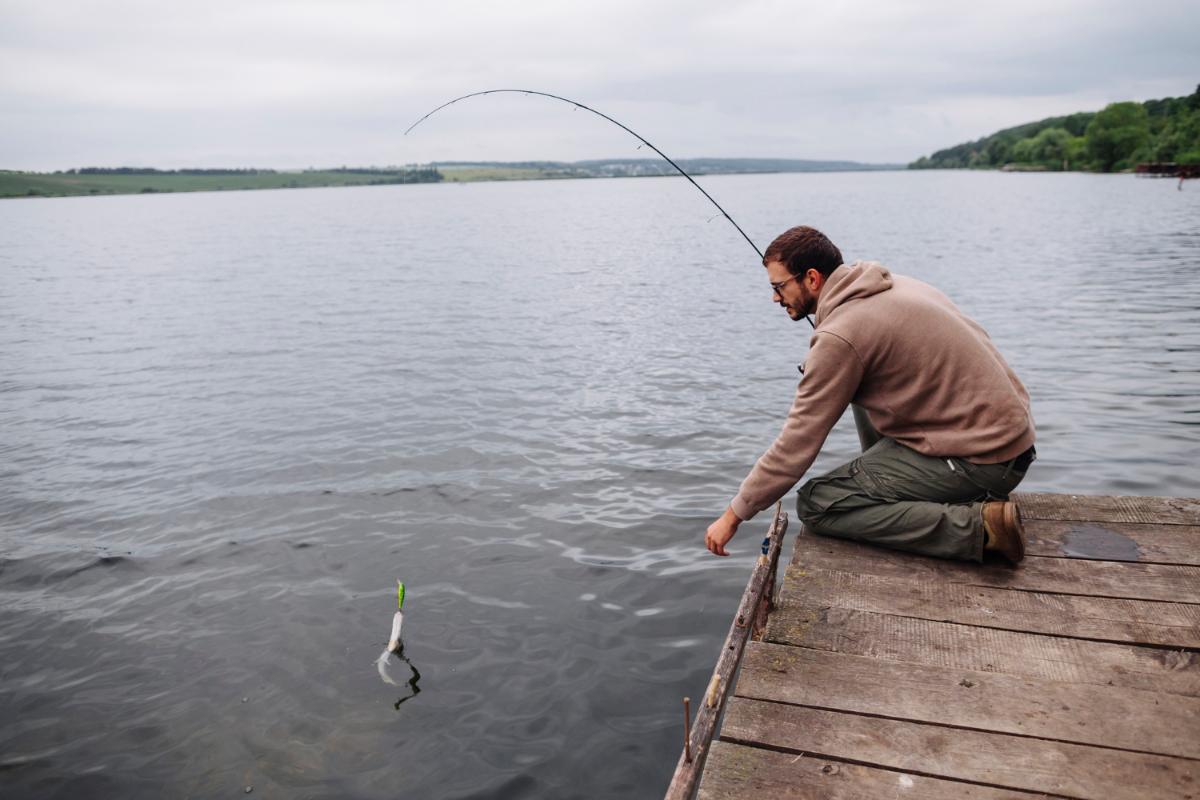You might have just discovered how much fun fishing can be, or some recent fishing excitement has you hooked on the sport, but no matter how or where you fish, there are some essential fishing tips for beginners that all anglers ought to know. Do you want to catch more fish while you’re casting and have some fun while bottom fishing? Of course, you do—and keeping these tips from our experts on saltwater fishing in Florida in mind will help you make it happen.
Fishing Lure Hues
Match your bait color to the color of the water. Of course, you never know precisely what color lures fish will favor on any given day, so you should always test changing color when not catching, but as a broad rule of thumb, begin by choosing lures that correspond to the water’s color.
In green water, lime or chartreuse-colored lures are usually a leading pick. In clear water, go for white or pearl. And in tannic-colored water, rootbeer-colored will often prove productive.
Fishing Lure Shapes and Sizes
Pick lure shapes and sizes that allow you to match the hatch. When predators feed on a school of small, delicate fish like anchovies, a small, slender spoon that’s the exact shape and size as the baitfish will frequently prove deadly, but a six-inch lure with a broad body may go untouched. Profile and length are the essential features in this regard because your quarry might focus on the shape and size of its prevailing bait and overlook other offerings.
The Proper Size Fishing Equipment
Bring fishing gear that’s sized properly to the fish you’re seeking, and don’t attempt to purchase one-size-fits-all poles and reels. A 12-pound-class casting reel you adore using for bass is too heavy for throwing the tiny jigs and spinners that black crappie likes to hit, and the four-pound-class ultralight that’s perfect for casting micro-jigs to crappie can’t tolerate a big largemouth bass. Likewise, middle-of-the-road equipment won’t be perfect for either job. Instead of trying to make do, bring gear that’s sized for the fish you’re targeting.
Trolling
If you attempt trolling (motoring along gradually while you pull lures behind your boat), before deploying your lines hold the lures next to your boat and watch them to ensure they’re gliding realistically. If they look sluggish, try speeding up some. Conversely, if they appear spastic, pull your throttle back a bit. This will help you select the most effective boat speed while also guaranteeing that you don’t accidentally put out a lure that’s corrupted, impaired, or not swimming correctly.
Fishing Line
There are innumerable fishing line types and brands on the market, so be mindful to pick wisely. As a general rule, remember that braid lines have high sensitivity and excellent hook-setting power, so they’re perfect for fishing with lures. In contrast, the monofilament line has less sensitivity and stretches some, so it’s ideal when fish are only nibbling on baits.
Best Time of Day for Fishing
Fish early and late. Many fish species bite best at sunrise and sunset in ambient light. During mid-day hours, cloud cover makes for better fishing, and in direct sunlight (particularly during summer heat), look for places with shade. Fish often seek shade when it’s hot and cloudless and become more engaged during the cool portion of the day, just like you or I may.
Follow the beginner fishing tips and visit our page to plan your saltwater fishing in Florida.



Comment (0)